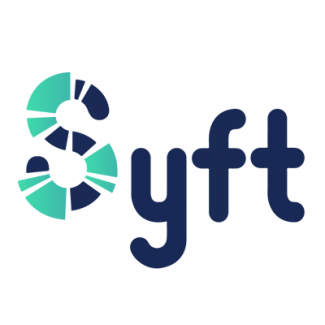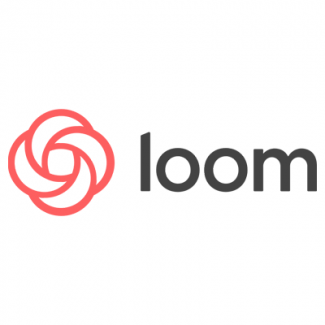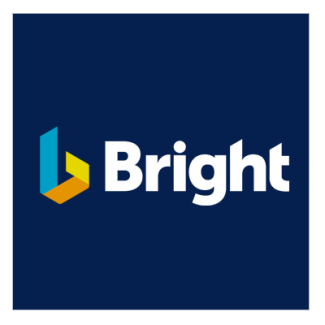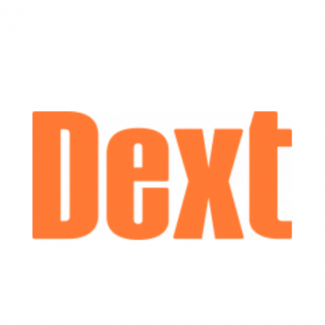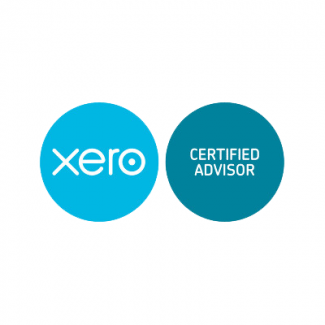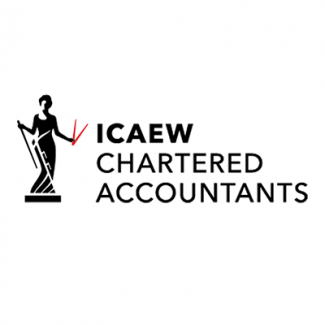Table A
Allowances and Reliefs
| |
2014/15 |
2013/14 |
|
Allowed at top rate of tax
Personal Allowance (PA)
Personal Allowance (born 6.4.38 - 5.4.48)*
Personal Allowance (born before 6.4.38)*
Blind Person’s Allowance
|
£10,000
10,500
10,660
2,230
|
£9,440
10,500
10,660
2,160
|
|
Allowed only at 10%
Married Couple's Allowance (MCA)*
only available if born before 6.4.35
Income limit for age-related allowances
|
8,165
27,000
|
7,915
26,100
|
*Age-related allowances are reduced £1 for every £2 by which income exceeds the income limit. PA is reduced before MCA, to a minimum of £10,000 (2013/14: £9,440). MCA is then reduced to a minimum of £3,140 (2013/14: £3,040).
PA is withdrawn at £1 for every £2 by which total income exceeds £100,000. PA is reduced to nil if income is £120,000 or more (2013/14: £118,880).
| Bands |
2014/15 |
2013/14 |
|
Basic
Higher
Additional
|
££31,865
31,866-150,000
over 150,000
|
£32,010
32,011-150,000
over 150,000
|
Rates differ for General, Savings and Dividend income within each band
| Rates |
|
|
2014/15
unchanged from 2013/14 |
|
|
|
|
| |
|
|
|
|
G |
S |
D |
|
Basic
Higher
Additional
|
|
|
|
|
20%
40%
45%
|
20%
40%
45%
|
10%
32.5%
37.5%
|
General income (salary, pensions, business profit, rent) uses starting, basic and higher rate bands before savings income (interest). Dividends are taxed as the ‘top slice’ of income.
If taxable general income is less than £2,880 (2013/14: £2,790), savings income is taxed at a ‘starting rate’ of 10% until total taxable income exceeds that limit. This ‘starting rate band’ is part of the basic rate band.
Table B
Pension Contributions
The maximum annual tax-efficient gross contributions (up to age 75) in 2014/15 are:
– individuals: the higher of £3,600 or 100% of earnings, to max. £40,000
– employers: £40,000 less employee contributions Only current earnings count for the 100% limit. If less than the max. (£50,000 up to 2013/14) has been paid in any of the preceding three years, it may be possible to increase the current contributions by the shortfall. Maximum tax-efficient fund (lifetime allowance)
where benefits are taken in 2014/15: £1.25m, unless ‘protection’ is claimed for an existing larger fund.
Table C
Car and Fuel Benefits
Car Benefit Assessment 2014/15
Charge based on a percentage of the initial list price of the car; the percentage depends on the carbon dioxide emission ratings of the car, if it has one. For older cars without a rating, the percentage depends on engine capacity.
For 2014/15 the percentage for a petrol engine is :
|
no emissions
1g/km-75g/km
76g/km-94g/km
95g/km-99g/km
210g/km and above
|
no tax charge
5%
11%
12%, then + 1% at 100g/km, 105g/km etc.
35% (maximum)
|
| |
|
Diesel cars have 3% added to the figure for a similarly-rated petrol car, but still have a maximum charge of 35% (which applies at 195g/km).
Car Fuel Assessment
The benefit is calculated using the same percentage as that used for the car benefit, applied to a standard figure of £21,700 (2013/14: £21,100).
The taxable amount is therefore between £1,085 (5% – min.) and £7,595 (35% – max.). There is no tax on charging a zero-emissions electric car.
